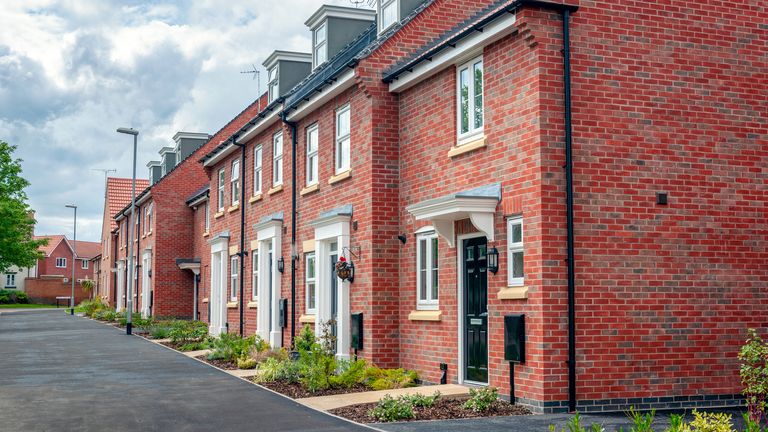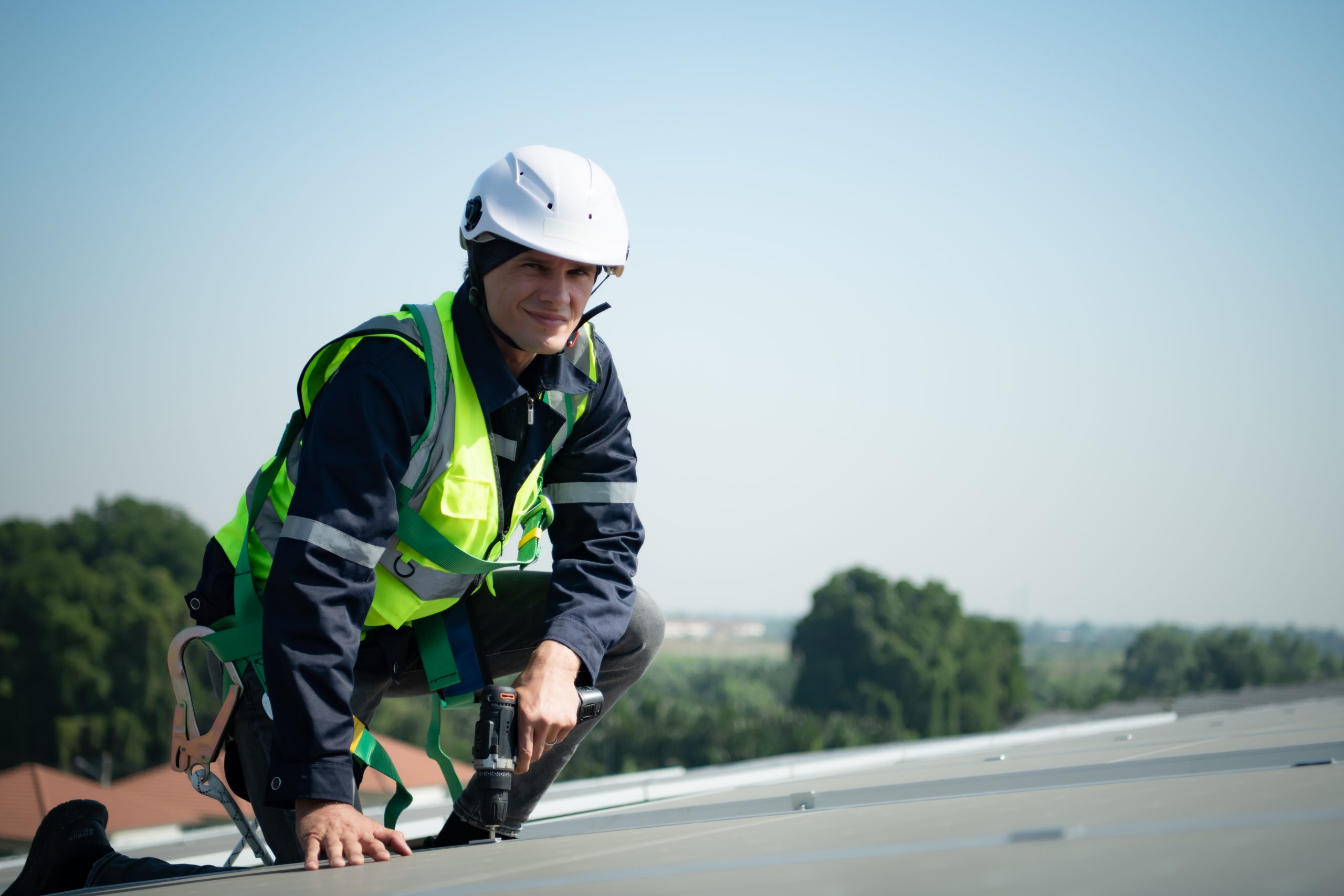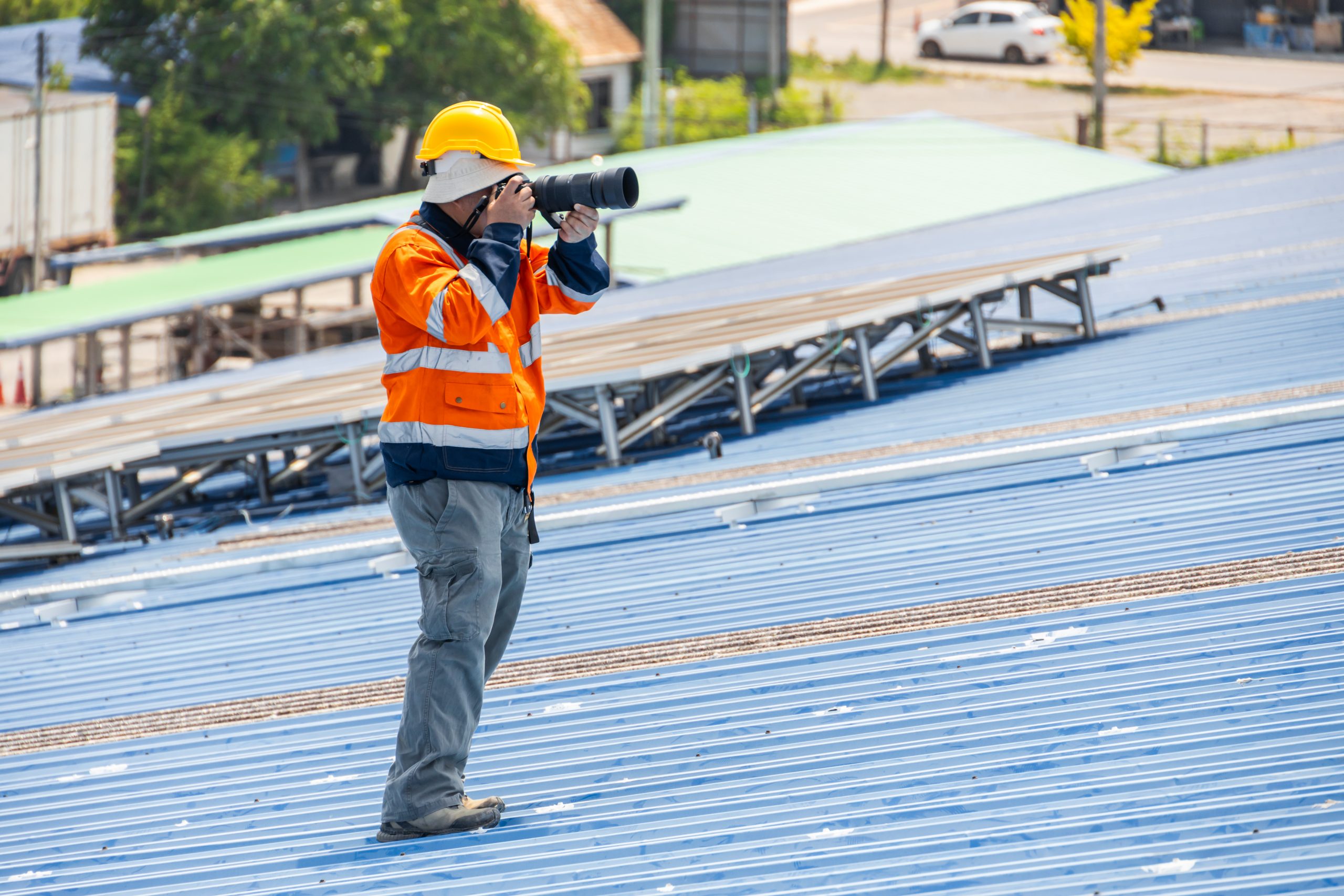Asbestos Surveys: How To Identify Risks And Protect Your Property Effectively
Asbestos surveys are a crucial part of protecting both people and property. An asbestos survey identifies any asbestos-containing materials (ACMs) within a building, whether commercial or domestic, before they become a health or legal risk. Without a proper survey, property owners may unknowingly expose tenants, staff, or visitors to hazardous fibres, which can lead to serious illnesses and costly remediation.
The purpose of an asbestos survey is not only to locate asbestos but also to assess its condition and provide guidance on how to manage or remove it safely. Unlike a simple inspection, asbestos surveys follow strict regulations to ensure every potential risk is documented and addressed. This makes them essential for anyone purchasing, leasing, or refurbishing a property.
Understanding the difference between asbestos surveys and standard property inspections is vital. Standard inspections may focus on structural integrity, safety checks, or maintenance issues but rarely identify hazardous materials. By prioritising an asbestos survey, property owners protect their investment, ensure compliance with the law, and safeguard the health of all building occupants.
This article will explain what asbestos surveys involve, the types available for commercial and domestic properties, how they differ from standard inspections, and why combining surveys with other checks maximises protection. By the end, you will have a clear understanding of how to manage asbestos risks effectively and make informed decisions for your property.

What Are Asbestos Surveys?
An asbestos survey is a detailed investigation of a property to locate any asbestos-containing materials and assess the potential risk they pose. These surveys are carried out by trained and accredited professionals, following current UK regulations and guidelines. The survey involves visually inspecting all accessible areas of a property and, where necessary, taking samples of suspected materials for laboratory testing.
There are two main types of asbestos surveys: management surveys and refurbishment/demolition surveys. A management survey is conducted in buildings where asbestos is not expected to be disturbed, such as offices or schools, and focuses on ongoing monitoring. A refurbishment or demolition survey is more intrusive, designed to ensure all asbestos is safely removed before building works begin.
During an asbestos survey, professionals will check ceilings, walls, floors, pipe insulation, boilers, roofing materials, and more. Each ACM is identified, its condition recorded, and the risk level assessed. The survey produces a comprehensive report, highlighting areas where asbestos may need removal or management.
Asbestos surveys differ from standard property inspections in that they specifically target hazardous materials rather than general maintenance or structural issues. While a typical inspection might note peeling paint or damaged plaster, it may not detect asbestos hidden behind walls or under floorboards. Even in newly built or refurbished properties, legacy materials may still contain asbestos, making a survey essential for peace of mind.
By conducting an asbestos survey, property owners not only comply with legal requirements under the Control of Asbestos Regulations 2012 but also ensure that they can manage risks safely. Early identification prevents accidental exposure, reduces the need for expensive emergency removals, and protects both occupants and the long-term value of the property.
What Are Standard Commercial Property Inspections?
A standard commercial property inspection is a routine check carried out to assess the overall condition of a building. These inspections typically cover structural integrity, safety systems, maintenance requirements, compliance with building codes, and general upkeep. While inspections are valuable for identifying defects such as damp, electrical issues, or roof damage, they rarely include a detailed search for hazardous materials like asbestos.
Standard inspections involve visual assessments, operational testing of equipment, and sometimes non-intrusive checks of building services. Inspectors will look at areas such as walls, floors, plumbing, heating, ventilation, and fire safety measures. The resulting report provides guidance on maintenance priorities, repair needs, and compliance obligations.
The key difference between a standard inspection and an asbestos survey is the focus. Inspections primarily address functionality and safety, whereas asbestos surveys target the presence, condition, and management of a dangerous substance. Without an asbestos survey, a property may appear safe while hidden ACMs pose a serious long-term risk.
For example, a standard inspection may highlight cracks in ceilings or worn flooring but may not detect asbestos in ceiling tiles, pipe lagging, or vinyl floor backing. These materials can release fibres if disturbed during renovation or daily operations, potentially causing health hazards.
While inspections are essential for maintaining a building, relying on them alone is not enough when it comes to asbestos. Combining inspections with a professional asbestos survey ensures that both general property issues and hazardous material risks are identified and managed. This integrated approach protects occupants, minimises liability, and helps maintain the value and safety of commercial properties.
Key Differences Between Asbestos Surveys and Standard Inspections
Understanding the differences between an asbestos survey and a standard inspection is essential for property owners, managers, and investors. These differences lie in focus, timing, methodology, and regulatory compliance.
Coverage and Purpose
An asbestos survey is specifically designed to identify ACMs and assess risk levels. Standard inspections, by contrast, evaluate structural integrity, building services, maintenance, and safety systems. While both surveys may involve visual checks, the asbestos survey includes material sampling and laboratory analysis, providing a level of detail that standard inspections do not.
Timing
Asbestos surveys are often carried out before refurbishment, demolition, or property purchase. Early identification allows risks to be managed safely before work begins. Standard inspections can be conducted at any point but may miss asbestos until it is accidentally disturbed, creating emergency scenarios and additional costs.
Financial and Operational Consequences
Failing to carry out an asbestos survey can lead to significant financial and operational consequences. Disturbing ACMs unknowingly may result in costly remediation, legal penalties, or insurance issues. Standard inspections alone cannot prevent these risks, as their primary focus is not hazardous materials.
Examples of Typical Findings
During an asbestos survey, common discoveries include ceiling tiles containing asbestos, pipe insulation with lagging, vinyl flooring backing, and roofing sheets. These materials, if removed or damaged without proper handling, release fibres that are extremely harmful. Standard inspections may report cosmetic damage or general maintenance needs but will not flag these hidden hazards.
By understanding these differences, property owners can make informed decisions and prioritise safety. Combining asbestos surveys with regular inspections offers comprehensive coverage, ensuring that all aspects of a building are assessed and risks managed.
Why You Should Consider Both For Your Commercial Property
For commercial properties, relying solely on standard inspections or asbestos surveys may leave gaps in risk management. Combining both approaches ensures maximum protection, particularly in three key scenarios: new builds, major refurbishments, and purchasing older properties.
In new builds, an asbestos survey may seem unnecessary. However, legacy materials from nearby properties, reused construction elements, or subcontracted materials may still contain asbestos. A survey guarantees that any hidden risks are identified before occupancy. Standard inspections complement this by confirming structural integrity, safety, and maintenance needs.
During major refurbishments, construction works often disturb materials hidden behind walls, ceilings, and floors. An asbestos survey before work begins ensures that hazardous materials are managed safely. Standard inspections highlight structural issues or maintenance concerns that may affect the refurbishment plan, helping to avoid delays and unexpected costs.
When buying older commercial properties, combining asbestos surveys with standard inspections protects both investment and occupants. Inspections reveal repair and compliance needs, while asbestos surveys ensure the building is free from hidden health hazards. The combined approach reduces long-term risk, liability, and potential insurance claims.
Cost is an important consideration. While conducting both surveys requires an upfront investment, the potential savings far outweigh the expense. Avoiding emergency asbestos removals, legal penalties, and health-related claims prevents costly surprises. By prioritising surveys based on property type, age, and condition, owners can manage budgets effectively while maximising protection.
Property managers and owners should work with accredited professionals for both inspections and asbestos surveys. Clear communication, detailed reports, and actionable recommendations allow informed decisions that safeguard both people and assets. This approach ensures that properties remain compliant, safe, and valuable over time.

Protect Your Investment With The Right Survey Approach
Understanding the difference between an asbestos survey and a standard property inspection is essential for commercial property owners, landlords, and facility managers. While inspections maintain structural safety and compliance, asbestos surveys protect occupants from hidden health risks that could lead to serious consequences.
Snagging hidden hazards before they become a problem saves time, reduces liability, and protects your investment. By identifying asbestos-containing materials early, property owners can plan safe management, removal, or refurbishment. Combining asbestos surveys with standard inspections ensures a complete picture of both structural and health risks, offering peace of mind and long-term protection.
At HICH, we provide professional asbestos surveys for commercial and domestic properties across the UK. Our accredited team delivers thorough assessments, detailed reports, and expert guidance to help you manage risk safely. By booking a survey with us, you can avoid costly surprises, comply with regulations, and protect the people who use your property.
Contact HICH today to arrange a comprehensive asbestos survey and secure your property, your tenants, and your peace of mind. Don’t leave safety and compliance to chance – professional asbestos management starts with the right survey.








